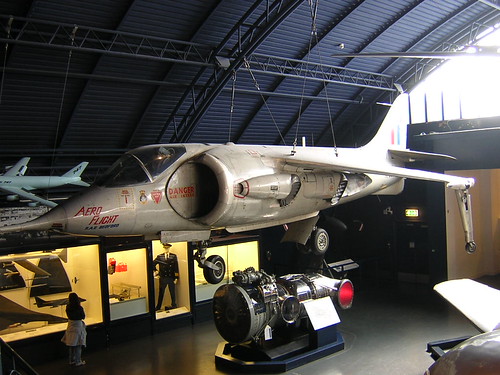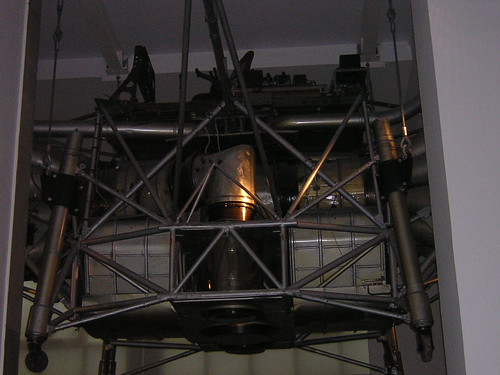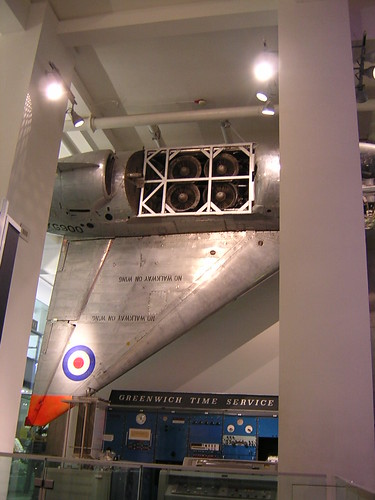
Science Museum: Vertical Takeoff and Landing
The London Science Museum houses some historic exhibits as I found out on my recent visit. I've already posted articles on computing and rockets. Next up I'll cover a series of exhibits that related to the world's first Vertical Takeoff and Landing (VTOL) fixed-wing jet fighter - the Harrier 'jump jet.'
 Hawker Siddeley P1127: Harrier jump-jet prototype
Hawker Siddeley P1127: Harrier jump-jet prototype
Harrier Jump Jet
Occupying a prime position in the Flight Gallery at the museum is the Hawker Siddeley P1127 VSTOL Experimental Aircraft, which first flew in 1960.
This is the first flying prototype of what became known as the Harrier 'jump jet,' which entered service in 1969. Displayed directly below the airframe in the museum is a Rolls Royce Pegasus jet engine whose unique design coupled with the Harrier makes the VTOL feat possible. The Pegasus engine has 4 vectored thrust nozzles that can be swiveled to provide the vertical thrust necessary to counter the Harrier's weight while hovering.
Short SC.1
Mounted on the wall of the museum (minus a wing) is the Short SC.1, which was an experimental airplane that first flew in the 1950s to investigate VTOL, prior to the Harrier. The stubby, insect-like delta-winged airplane incorporated 4 vertical lift jet engines (shown exposed in the image below) and a single horizontal thrust jet engine for level flight.
The idea of using dedicated vertical thrust engines proved to be inefficient in terms of space and weight, so instead designers converged on a single-engine configuration with thrust vectoring that led to the success of the Harrier.
Flying Bedstead
In order to investigate vertical takeoff control systems that would eventually be used on the Short SC.1 and Harrier, Rolls Royce built the Thrust Measuring Rig (TMR) in the 1950s. Fittingly it is suspended from the ceiling of the museum as if in actual flight. The TMR has no traditional lifting surface (wings) and relies on thrust alone to keep it airborne.
 Thrust Measuring Rig: Flying Bedstead
Thrust Measuring Rig: Flying Bedstead
The TMR was nick-named the 'flying bedstead' for obvious reasons and with that I put this post to bed.
Recent blog posts
- CFD Simulates Distant Past
- Background on the Caedium v6.0 Release
- Long-Necked Dinosaurs Succumb To CFD
- CFD Provides Insight Into Mystery Fossils
- Wind Turbine Design According to Insects
- Runners Discover Drafting
- Wind Tunnel and CFD Reveal Best Cycling Tuck
- Active Aerodynamics on the Lamborghini Huracán Performante
- Fluidic Logic
- Stonehenge Vortex Revealed as April Fools' Day Distortion Field

